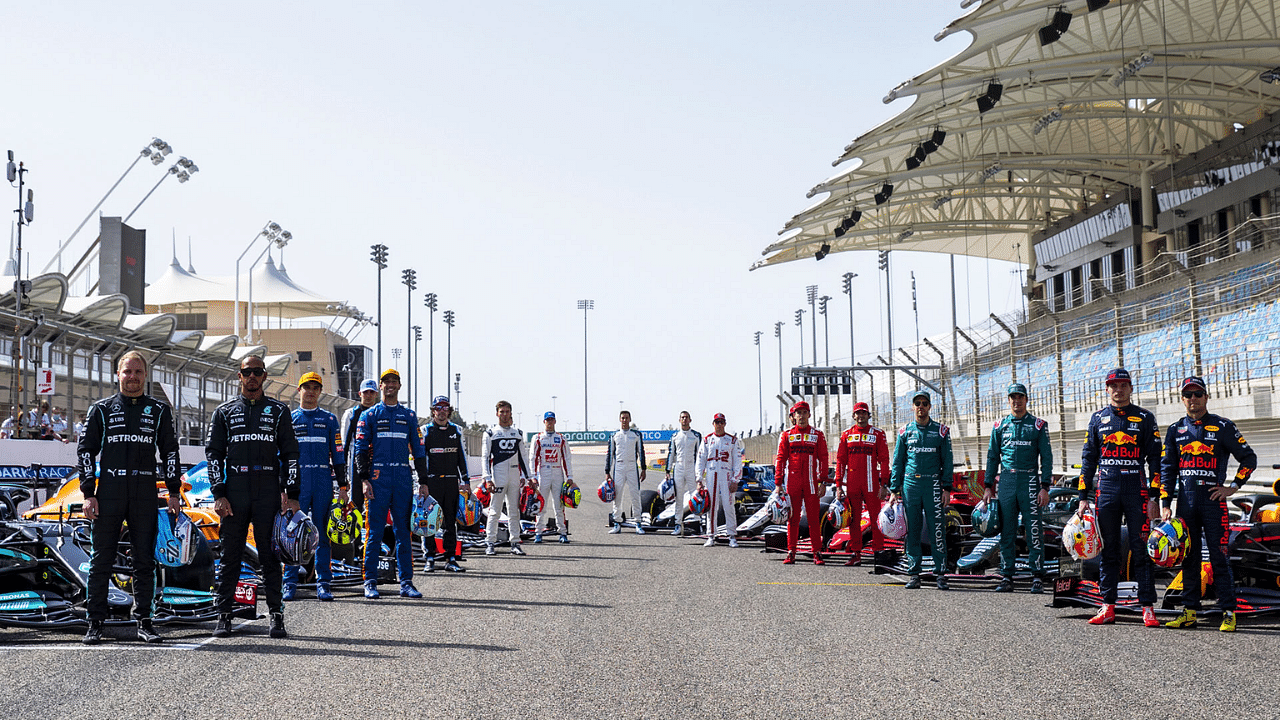F1 Pre-season testing is arguably the most important time for teams ahead of the start of a new season. When a campaign ends, all the mechanics and engineers back at the factories work tirelessly to develop the car that will potentially guide them to success in the coming year.
With the 2024 season just around the corner now, all teams and drivers have their eyes firmly set on this year’s pre-season test that is scheduled to take place in Bahrain. The Bahrain International Circuit is set to host the official F1 test for the fourth year running, and it will also be the venue for the opening race of the calendar.
Pre-Season Testing: What to Expect From Formula 1 in 2024#F1 #Formula1 #FormulaOne #PreSeasonTestinghttps://t.co/WdxCtbEola
— World in Sport (@WorldinSport) January 2, 2024
The 2023 pre-season testing begins on 21st February and will last until 23rd February. This has fans all over the world excited as they will see their favorite drivers in action once again, driving new cars that they hope will bring them glory this season.
Why do teams take part in pre-season tests?
Mechanics and engineers of each team work tirelessly over the course of the entire year to develop a car that will potentially bring them success. At the factories, there is not much they can do to try out the new machinery other than play around with simulation to gather data.
However, having these cars put in laps around an actual F1 circuit helps them gather a lot of data that helps them prepare for a new season accordingly. Noting down the strengths and weaknesses of a particular car is vital for a team before the drivers take to the track on a Grand Prix weekend.
For drivers, the testing is an opportunity to get used to the new cars that they will be driving for the rest of the year. They get a feel of the car, and report back to their team on the areas that they can improve on overall.
Before the start of a new campaign, pre-season testing is arguably the most important outing for F1 teams and drivers.
What do drivers do during F1 pre-season testing?
Pre-season is very crucial for the teams because it gives them the opportunity to test out new machinery. The three days of running they will get is the last chance for them to try new things out and test their car before the real action begins.
The main focus for a team lies in getting as many number of laps under their belt as possible. This helps them gather a lot of data, which allows them to analyze how to maximize their performance in the races to come. However, this test is equally important for the drivers.
For the stars of F1, getting used to new machinery is vital. Drivers work hard to get as much track time as possible so that they get a proper feel of the new car that they will be driving for the rest of the year. In case there are any issues that bother them, they let the team know so that they can work on them to improve it in the coming weeks.
Both drivers of a team get the opportunity to try out the new cars as the team usually divides time between them. More often than not, they also give their reserve drivers a chance to get behind the wheel.
Also read: How Does F1 Pre-Season Testing Work?
How much time do drivers spend out on track?
Every team wants to complete as many laps around a circuit as possible. However, there are certain rules that they have to follow to make the playing field even for all. This includes the amount of time the drivers and teams can spend out on track.
There will be three days of F1 testing in 2023 and the sport’s official website states that the test will be nine and a half hours long. However, this won’t be a continuous affair as each day will be divided into a morning and an afternoon session.
Teams will want to have one driver behind the wheel for one complete session as they look to maximize their time out on track. Their priority will always be to have the main drivers drive the car, but will also want the reserve drivers to complete some laps around the circuit.
How do teams analyze who is fast?
Throughout a test, teams run different practice programs that determine if their car is performing optimally or not. These programs are very different from what we see on normal race weekends, as the teams experiment with different set-ups throughout the session.
Teams usually rely on performance runs and race simulations. The former involves the cars running on lower fuel (usually) because the set-ups change after every few laps. For fans watching on TV or at the circuits, it is easy to figure out when teams are on performance runs, as the lap times alternate between fast and slow throughout.
In race simulations on the other hand, the drivers go out on track with more fuel in the hopes of completing a long run. This is done to test whether the car has good race pace or not.
What tyres can teams use during pre-season tests?
For the tests, F1 teams have all five Pirelli tyre compounds at their disposal. The five tyre compounds are C5, C4, C3, C2 and C1 respectively, with C5 being the softest and C1 being the hardest.
The softer tyres provide the cars with the maximum performance, but it is short lived because they degrade very quickly, especially on a track as hot as Bahrain. The C1 tyres on the other hand don’t provide much grip, but last the longest.
Usually, teams test all of these tyres out to see how the car feels out on the circuit.




